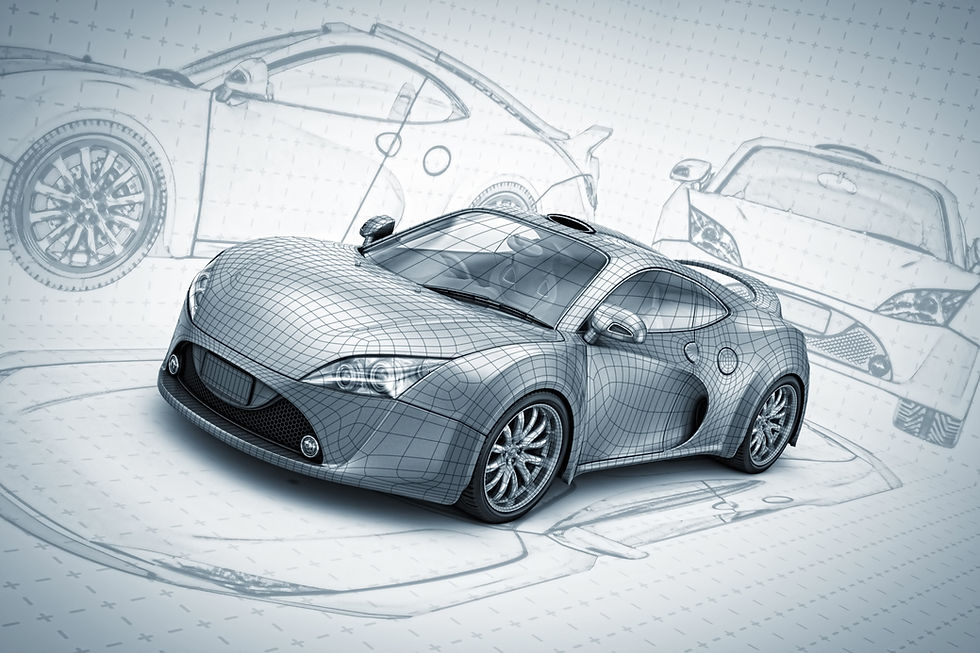Automotive CASE vision 2020 update
- Tamas Rozsa
- Jan 13, 2020
- 2 min read

Automotive CASE vision in 2020 shows a diverging trend: Connected and Electric are accelerating, while Autonomous and Shared look to be ever further away.
Connected cars account for 45% of new car sales in 2020, which is expected to increase to over 95% by 2030. Moreover, higher levels of connectivity and additional services make the related electronics content per vehicle grow from the 2020 value of EUR 2.400 to over EUR 3.500 by 2030. This is an evolutionary process, part of the few bright spots in the 2020 Automotive Supplier landscape.
Electric cars are a clear reality of 2020, but lacking overall vehicle market growth, it is at the expense of ICE powertrains, especially diesel in Europe. European OEM’s that dominate over 75% of the local market still produce more than 1 diesel in every 3 cars and only 1 electric in every 50 cars in 2020. Clearly there is a lot to lose, but there will be winners as well. Europe has the toughest CO2 regulation globally and if we assume current CO2 targets to prevail for 2030, the Top Tier Consultants market model shows that regulators in the EU assume 50% electric and plug-in hybrid vehicle penetration in 2030 given the required CO2 emissions. Winners are non-powertrain, even non-automotive consumer electronics Suppliers that find themselves in Tier 1 position for electric cars, as they meet carmakers in the value chain that integrate backwards into batteries and electric motors filling the void of ICE powertrain capacities. 70% of Automotive Suppliers are affected.
The Autonomous part of CASE has been disappointing recently and the perspectives in 2020 are clearly worse than they seemed five years ago. While 95% of the self-driving technology is available already, not only the remaining 5% looks tougher to complete than the Automotive industry predicted earlier, there are serious challenges in (i) connecting them to the environment, legacy vehicles and infrastructure; (ii) as well as the Human factor requires acceptance and behavior change; (iii) legal and local regulatory framework is yet to be developed, industry standards created; and (iv) mass adoption being so far in the future it is yet to be seen how commercial opportunities can be exploited and by whom. While we forecast a relatively high 15% share of Autonomous passenger kilometers by 2030, the share of sales of Level 4-5 Autonomous vehicles will be 4-5% only in 10 years’ time. For companies heavily invested in vehicle Autonomy two areas of growth remain for 2020: the first is Level 2+ ADAS Autonomy which is being offered in the mass market for private passenger cars, the other is Level 4-5 in a very well defined, geo-fenced areas for public transportation.
Shared mobility is a highly visible trend which attracted huge investments by Uber, Lyft, almost every major carmaker and many others. It is favored by investors and valuations are high. Yet the true breakthrough in terms of network efficiency and costs will surely come with robo-taxis. This is because 50% of e-hailing costs are related to the driver and utilization is also limited in case a human is involved. Therefore, to a make truly appealing business case of “Shared” is contingent on “Autonomous” which is underperforming previous expectations.
Top Tier Consultants works on CASE strategies for Automotive OEM’s and their Suppliers. Our 2020 CASE update report is available upon request.







Comments